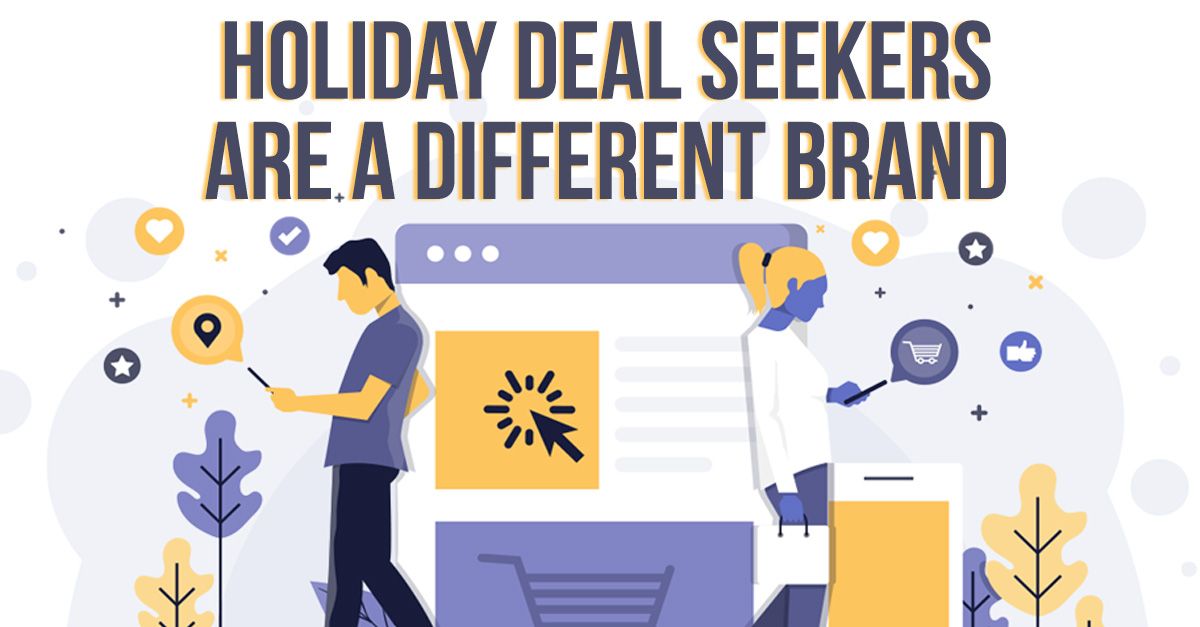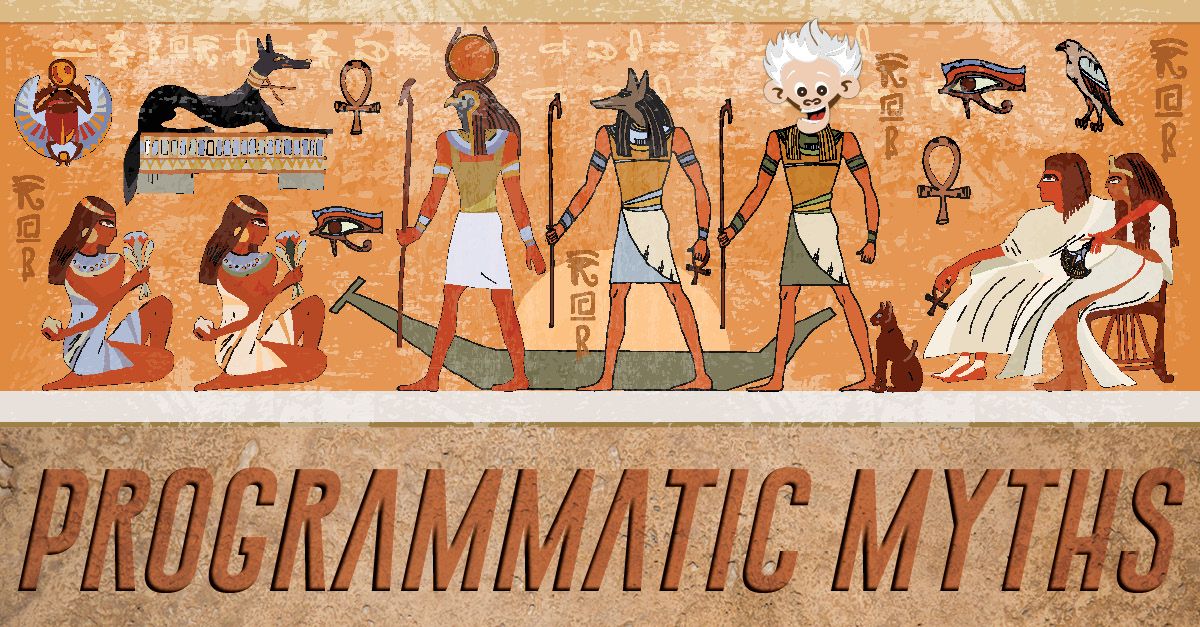
Programmatic advertising has made an enormous impact on the marketing world, and Genius Monkey has remained at the forefront of these technological developments and implementations. But, to those who still haven’t grasped a clear understanding of the programmatic movement, there are a few gray areas upon which we’d like to shed some light. Here are five myths that we’d like to bust:
Myth: There is no difference between RTB (Real Time Bidding) and Programmatic
Programmatic buying in and of itself automates tasks (ad tagging, insertion orders, etc.), which allows ad buyers to build strategies that are more sophisticated, extract better analyses and remain flexible enough to accommodate shifts in the industry. Most buyers, agencies, advertisers and some networks are connected to the ad exchange by demand side platforms (DSPs). Simply put, advertisers compete for an impression or ad space on an online site with automated bids. The bidder that offers the most wins the “auction” and placement on that particular webpage (which is loaded immediately). In other words, RTB is simply one piece of programmatic, not the whole pie.
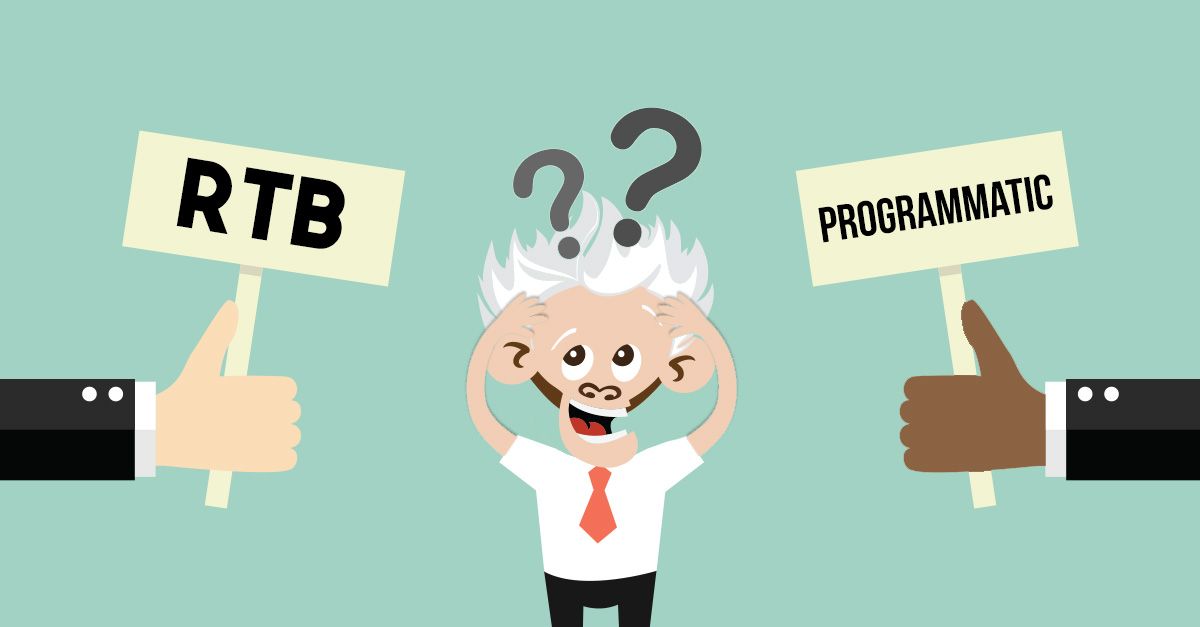
Myth: Ad fraud only affects programmatic ads
In an ideal marketing world, fraudulent and malicious inventory would be unable to make its way into the marketplace, and advertisers and agencies would not have to go to such extents to keep from having their measurement results negatively affected by fraud. Every active participant in the supply chain would make continual efforts to act as a checkpoint to catch and eliminate it. With our current technology, Genius Monkey has learned how to get it down to a minimum.
Genius Monkey is continually tracking fraud and bots all the way down to the clients’ website page levels. We see more fraud coming from so-called “trusted sources” that people have been using for a long time. The point is that fraud and bots are in ALL advertising spaces, including TV. It’s our job as marketers (and especially those of us at Genius Monkey) to minimize the level of fraud and bots almost down to nothing.
Myth: RTB offers only poor quality inventory
Nowadays, marketers can potentially buy the same impression that would have been available to a direct buy campaign. In the beginning, however, RTB was viewed as a means of monetizing inventory that was not directly sold or considered “remnant” inventory—this is NOT the case today. For many publishers, every impression is potentially available through RTB.
There has been a substantial paradigm shift amongst publishers. In the past, they may have viewed RTB with suspicion and intentionally withheld valuable inventory. Today, however, most publishers recognize that making every impression available for purchase by the highest bidder, benefits them most.
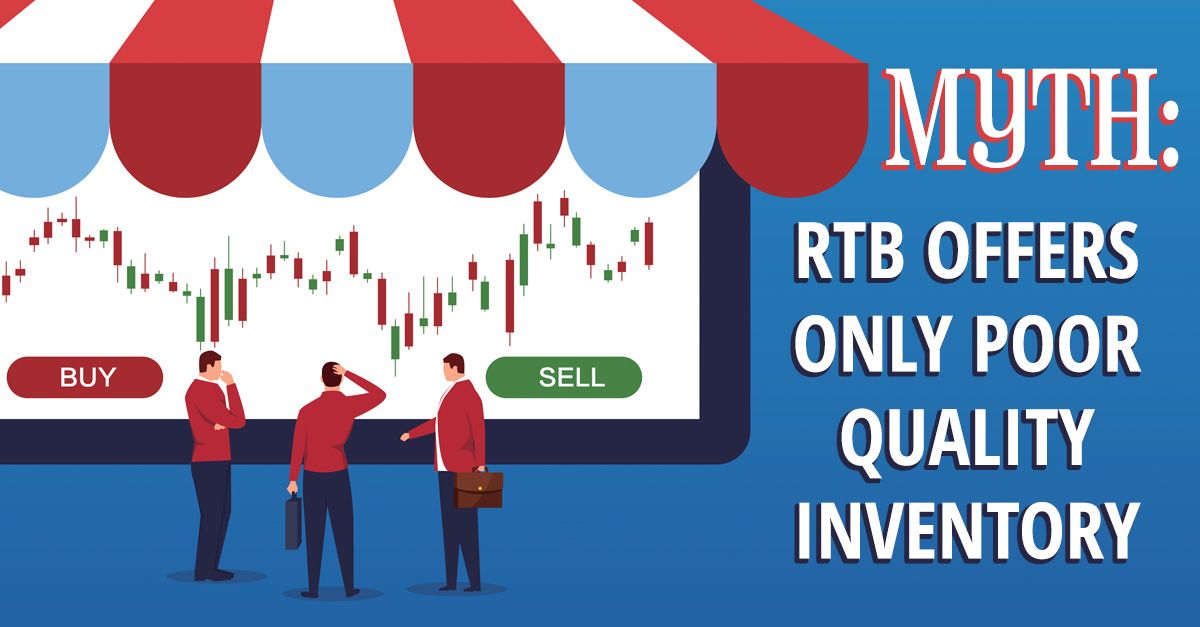
Myth: Lowest CPM and highest viewability is always best
The truth is that every impression and click counts … but by just how much? Full attribution is necessary to decide this. It’s not always about how many impressions and clicks that determine the value and effectiveness of an ad; it’s really about conversions.
Every marketer should maintain the goal of driving the maximum number of engagements and conversions from as many networks, devices and mediums as they can; all while ensuring that their methods of measuring the effectiveness of their ads remain untainted by malicious fraud.
It’s machines that do all of the work
Programmatic is not an exact science. There is a degree of artistic value to it as well. No matter how advanced our technology becomes, it is worthless without the skill and management of our talented team of campaign managers, who oversee the process. We refuse to settle for the “set it and forget it” method that is so commonly used in the industry. Basically, the human element is crucial to thoughtful execution. An automated platform helps bring data to life, but the whole picture wouldn’t be complete without human intuition.
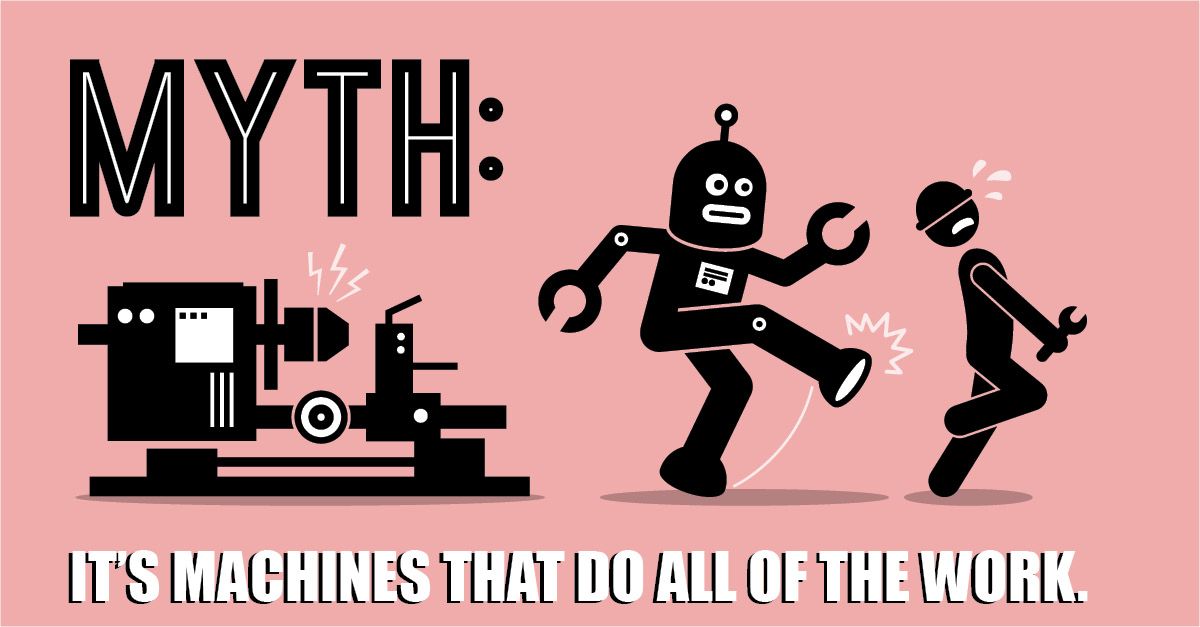
Genius Monkey’s goal is to drive the maximum number of engagements and conversions from as many networks, devices and mediums as possible, all while assuring that the performance and measurement of their marketing efforts is not being negatively affected by malicious fraud.
by Randy C WattsEIC Genius Monkey




